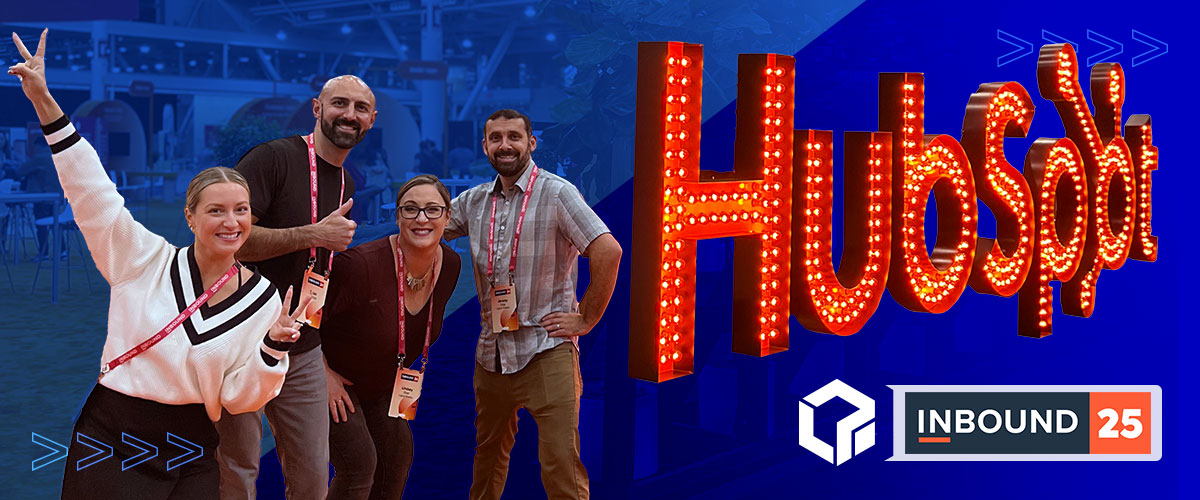Marketing your brand or service online is a vital part of running a business in contemporary society. Regardless of your industry vertical, most companies need an online presence, whether it’s an informative website or a new business acquisition strategy. It’s mission critical, and as the digital arena grows more competitive, marketers have increasingly relied on audience segmentation to personalize messaging to increase engagement and find efficiencies of scale.
If you’re new to audience segmentation or just getting started, here’s a breakdown of the various segments you can leverage in your campaigns to win online.
Audience Segmentation Types
Broken into nine audience types below, each one presents a unique set of benefits to align with various business objectives. So pay attention and make note of which apply to your current digital strategy or those that could be incorporated in a revamped approach.
1. Affinity Audiences
Affinity audiences are comprised of users who show a definite interest in a specific topic. Lifestyles, passions, habits, and more are taken into consideration when looking for affinity audience segments. These audiences reach people based on a well-rounded view of their lives and selves, allowing advertisers to find users who are already passionate about their offerings or similar products and services.
Example: Portable blender manufacturer uses affinity audiences to identify lifestyle alignment for users most likely to be interested in their products. By signaling the significance of crossover between recreational hobbies and an active health-forward lifestyle, the company is able to target more users who fit their target demographic.
2. Custom Segments
Custom segments enable marketers to effectively target their preferred audience by inputting pertinent keywords, URLs, and apps. This feature is available across various campaign types including Display, Gmail, Demand Gen, Performance Max, and Video campaigns, allowing business operators to refine audience targeting by relevance and intention.
Example: Instead of reaching an affinity audience for people who love crafting, a company that sells yarn may want to reach consumers who run small knitting or crocheting businesses instead. By using custom audiences, this yarn supplier can define its audience with keywords such as “handmade clothing business owner” or “crochet or knitting enthusiast.”
3. Life Events
Life events audience segmentation surrounds those currently or about to experience a significant life event or change. This could mean individuals who are about to graduate from high school or college, engaged people, people buying a new home, or people expecting a child. Since these happenings can be infrequent, there is a smaller audience reach, but it is highly targeted.
Example: A recently engaged individual will be actively looking to purchase things related to weddings. This makes it a perfect time to show them advertisements for flower shops, dresses, nice suits, venues, and more. Their demand for wedding-related items and services will last anywhere from a few months to a few years, depending on when they schedule their wedding.
4. In-Market
In-market segments of an audience are people who are already in the market for your products or services. This means they’re already researching products and actively considering buying a service or product similar to one your company offers. This is a conversion-driven approach that allows advertisers to focus on increasing conversions by targeting those with a high likelihood of purchase. Once you decide who the target audience is for your business, you can target them specifically.
Example: A CPA service with national reach may leverage in-market audiences to target users who are actively searching for tax preparation services and show them ads legitimizing the company’s size and successful history.
5. Lookalike Audiences
This is a brand-new feature for Google Ads and works similarly to Meta’s Lookalike audiences. These audiences automatically find new customers who are similar to a company’s existing customers. Google Ads uses AI machine learning to update Lookalike audience lists in real-time, allowing you to compare new users to current remarketing lists using a variety of data signals provided by your remarketing lists.
This process presents an opportunity to create impressions on people who share similar characteristics to your existing customers, as well as people on your remarketing and customer match lists in Google’s newest campaign type, Demand Gen.
Example: A local bakery shop that sells its goods online can create different audience segments based on buying behavior from its current customers. From there, they can create lookalike audiences targeted at groups with similar interests and historical data to find new customers who will have a higher probability of converting.
6. Customer Match
Customer match audiences provide advertisers the opportunity to use client data from online and offline sources to serve personalized ads that result in higher engagement. By providing inputs such as name, phone number, or email address, Google can use this information alongside browsing activity and purchase history to build a profile of similar audiences based on your current clientele. Customer match is becoming really important in a cookie-less world.
Example: An electric skateboard company looking to market their products to affluent middle-aged adults by hearkening back to childhood skateboarding nostalgia could use customer match to reengage and target users likely to buy or upgrade their products.
7. Detailed Demographics
Detailed demographics allow companies to reach large portions of a population that share a common trait. These are categorized by gender, age, parental status, and household income in certain regions. Use these subsets to home in on your target audience.
Example: New parents are a highly specific audience looking for similar products and services, such as baby clothes, diapers, reliable childcare services, and more. A formula supplier could leverage these data points to serve ads to a more qualified audience.
8. Data Segments/Remarketing
We’ve all been remarketed to at this point, but yet it remains a highly effective method to reengage users who previously visited your site, engaged with your content, or provided contact information. This method works well in conjunction with other methods, including paid search and paid social media advertising. Use your data to retarget past website visitors, mobile app users, people who clicked on an advertisement on any platform, and even those who watched a video.
Example: An e-commerce shaving company analyzes customer data to develop remarketing workflows by segment to increase ad efficiency. By isolating repeat buyers from new shoppers, they’re able to tailor messaging to impact average order value and refill fulfillment needs on qualifying items. This segmentation allows them to tailor their marketing messages and promotions to each group, increasing the chances of attracting and retaining customers.
Key Takeaways From Audience Segmentation
- Not all audiences are the same. Compare multiple segments to understand if their objectives align with your campaign goals and business targets.
- Knowing your target audience is fundamental to introducing your brand to new buyers. Divide current contacts into categories and personalize your approach accordingly.
- If your business needs to focus on lower funnel traffic, utilize in-market audiences to drive immediate return on investment.
Simply understanding what types of audience segmentation are available isn’t enough to catapult a digital marketing strategy to success. Employing the right style for your business is essential. Investigate a little deeper with these key takeaways from audience segmentation.
Know Before You Go
Your current clients and customers are vital to understanding your target audience. Discover more about your existing customer base so you can better target them, as well as consumers like them and other untapped markets going forward.
Tips To Get You Started
Survey customers when they visit your site, make a purchase, or even cancel subscriptions.
Communicate with clients and ask for feedback on social media.
Check customer profiles and compile similar datasets to drive campaign reach.
Understand audience intent to anticipate buying behavior.
Track what type of messaging your customers respond best to.
Understand How To Use Your Audience’s Information
Once you have a clear picture of your current audience, it’s crucial to understand what you must do with that information. Using audiences to collect data allows you to change your messaging to suit those demographics and establish better conversion rates.
You can also target consumers based on what you learn from previous audience segmentation types. Often, talking to an expert in digital marketing and audience segmentation is beneficial to marketing strategies and success rates.
Don’t Get Lost in the Labyrinth
Audience segmentation on Google can be a complicated thing, including the groupings in which Google categorizes certain people based on their interests, search behaviors, and habits. This is all completed by Google’s algorithm. As a business owner, you have your own business to run. Taking the time to delve deep into using an algorithm that will provide the best results for digital marketing techniques may be more time consuming than it’s worth. Hiring a professional search marketing agency is a lucrative alternative. With a professional agency, you’ll have experts working all the time on your digital marketing techniques and creating successes. Meanwhile, you can focus on running your business.
Reach Out for Help
When your business partners with Logical Position, you gain a dedicated team of experts who will work to increase your company’s profitability and return on ad spend. Reach out today for a complimentary account review and campaign consultation to help your business reach its full potential online.





